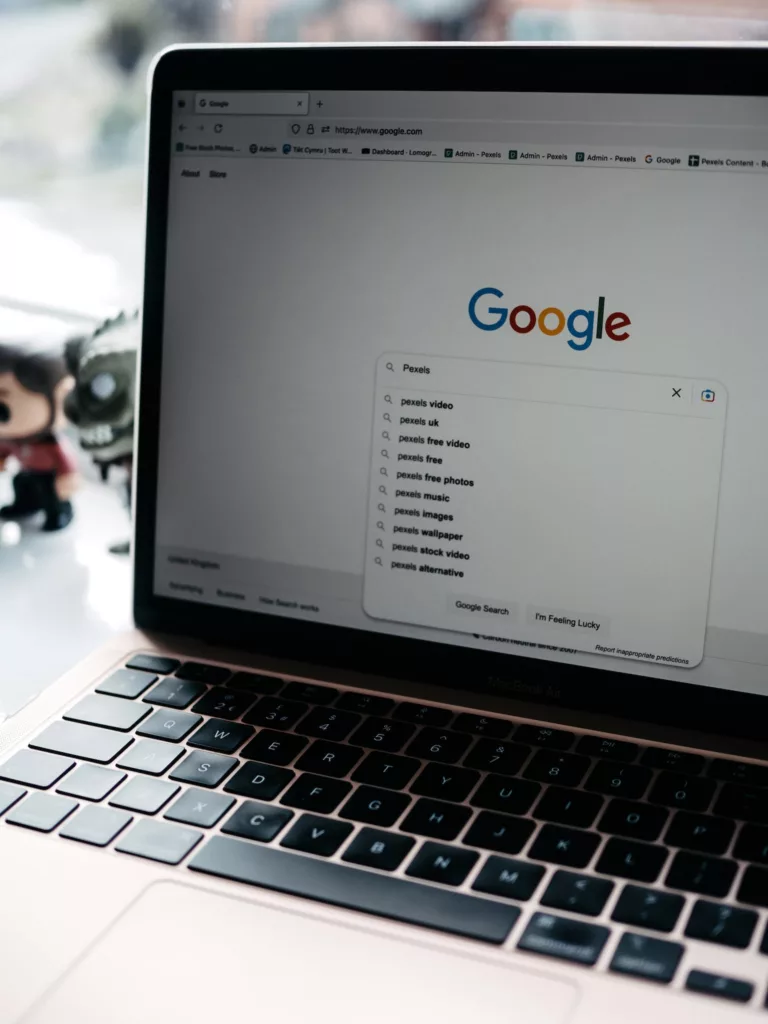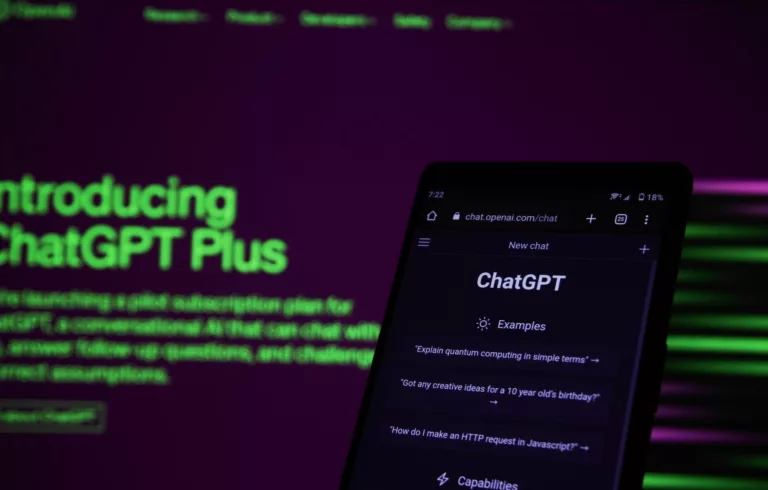As of my last knowledge update in September 2021, there was no direct integration between WordPress and GPT-3 (the underlying model of ChatGPT). However, you can use the GPT-3 API to generate content and then manually add it to your WordPress website. Here’s a step-by-step guide on how you can generate WordPress posts using ChatGPT:
Note: Please make sure to check for any updates or new plugins that might have been developed after my last knowledge update in September 2021, as the technology landscape evolves rapidly.
1. Set Up an OpenAI GPT-3 API Key:
Sign up for access to the OpenAI GPT-3 API and obtain your API key.
2. Install WordPress:
If you haven’t already, set up a WordPress website on your hosting server. You can download the latest version of WordPress from the official website.
3. Install a Code Execution Plugin (Optional):
While it’s not recommended to execute code directly from GPT-3 for security reasons, you can set up a custom WordPress plugin to help with content generation if you’re comfortable with coding. However, please exercise caution and follow best practices to ensure your website’s security.
4. Create a Content Generation Request:
Use the GPT-3 API to generate content. You can do this by making HTTP requests to the API with your API key. Here’s a simplified example using Python and the 'requests‘ library:
import requests
api_key = ‘YOUR_API_KEY’
prompt = ‘Generate a WordPress post about [your topic].’
response = requests.post(‘https://api.openai.com/v1/engines/davinci/completions’,
headers={‘Authorization’: f’Bearer {api_key}’},
json={‘prompt’: prompt, ‘max_tokens’: 500})
generated_content = response.json()[‘choices’][0][‘text’]
Replace [your topic] with the topic you want the post to be about.
5. Add the Generated Content to WordPress:
- Once you have the generated content, you can log in to your WordPress dashboard and create a new post.
- Paste the generated content into the post editor.
- Format and edit the content as needed, adding images, links, and other elements to make it look like a proper WordPress post.
6. Publish the Post:
After formatting and editing the generated content, you can publish it on your WordPress website.
7. Repeat as Needed:
You can repeat this process to generate more posts as required.
Please remember that while using AI to generate content can be helpful, it’s essential to review and edit the generated content thoroughly to ensure it aligns with your website’s quality standards, is free of errors, and provides value to your audience. Additionally, always keep your WordPress installation and plugins up-to-date for security reasons.


